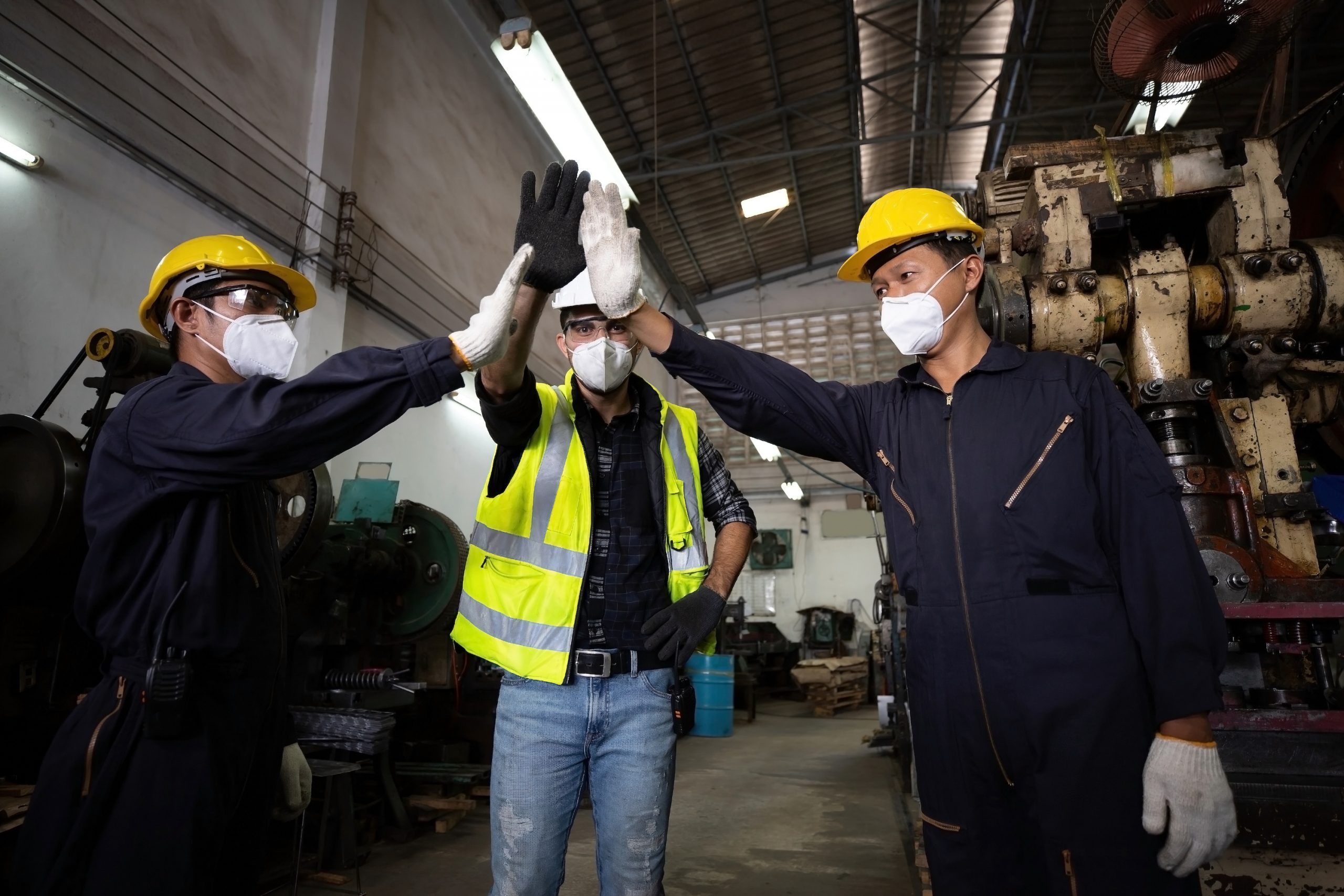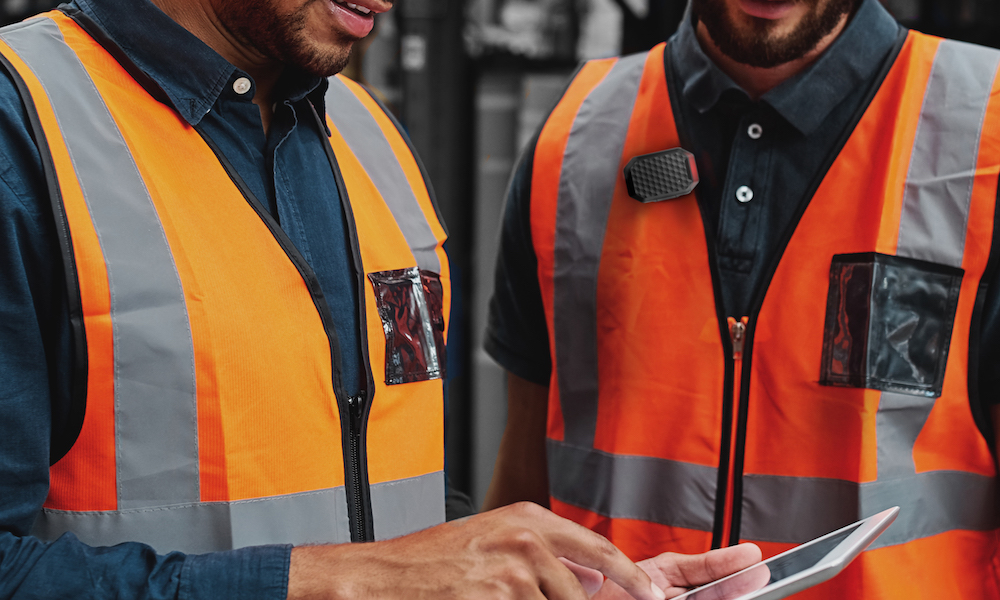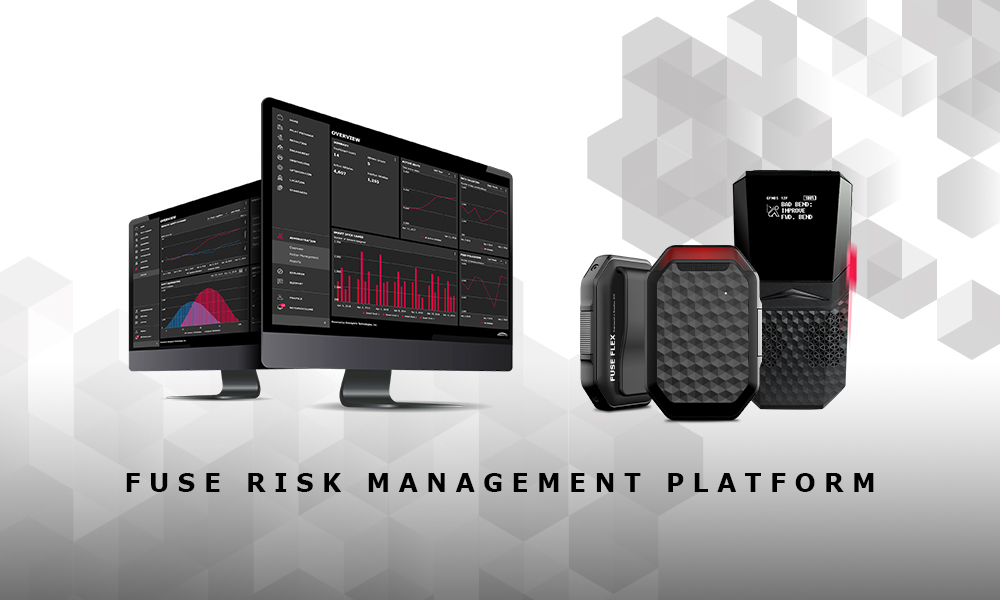What Does an Excellent Workplace Safety Culture Look Like?
A positive safety culture is measurable, personal, and top-priority.
In a positive safety culture, nothing takes precedence over safety; yet, the organizational pressures of productivity and efficiency all too often overshadow the importance of prioritizing safety. Things like units produced and volume in and out are inevitable driving factors of work in industrial environments. These metrics are recorded and evaluated on a daily, sometimes even hourly basis, and top of mind for Industrial Athletes day in and day out.
Unfortunately, it is less frequent that Industrial Athletes have a stake in safety or meaningful metrics that are actionable.
Putting safety top of mind
Safety is traditionally a lagging indicator, and only measurable in incident rates or lost work days. Incorporating a measurable safety indicator into daily practice keeps safety top of mind.
For example, tracking days gone without an incident in a building and engaging athletes with this number on a daily basis serves as a reminder for individuals to keep their safety performance, and their teammates’ safety performance, top of mind to strive to increase the number of days without an incident. By engaging everyone together, all personnel share the same responsibility for safety.
Measurable metrics like this not only give safety a seat at the table, but they help to build camaraderie among employees.
Communication is frequent and personal
Fostering a positive safety culture is personal. When communication throughout all levels of an organization is frequent and meaningful, a positive safety culture follows. The relationship between Industrial Athletes and shift management is crucial to this equation. Tools like the FUSE Platform help to facilitate these relationships and shape Industrial Athletes’ attitudes and behaviors. An easy, simple way to promote positive employee engagement in safety is to engage Athletes with real-world, actionable safety data, like what’s provided through the FUSE suite of sensors.
This gamification of safety also builds personal rapport among management and athletes, and these moments impact the employee experience. A positive safety culture does more than just prevent incidents – it shapes employees’ attitudes and behaviors to drive enhancements such as increased efficiency and retention across an operation.
Leadership support through action
While strong communication is important, leadership needs to back expectations with actions and procedures that improve operations. Industrial Athletes know where the highest risk tasks are, or the most difficult areas to navigate within an operation, and it’s the responsibility of leadership to listen and improve the environment for employees.
Following regulations and compliance is the baseline, but taking this one step further to identify and intervene where the team is at the highest risk fosters a safer environment. Engaging frontline athletes and utilizing the FUSE Platform datasets can help to make adjustments to engineer out risk or change an operation to make tasks easier. Teams including employees and management conducting routine facility assessments together is a proactive way to identify risk and intervene before incidents.



